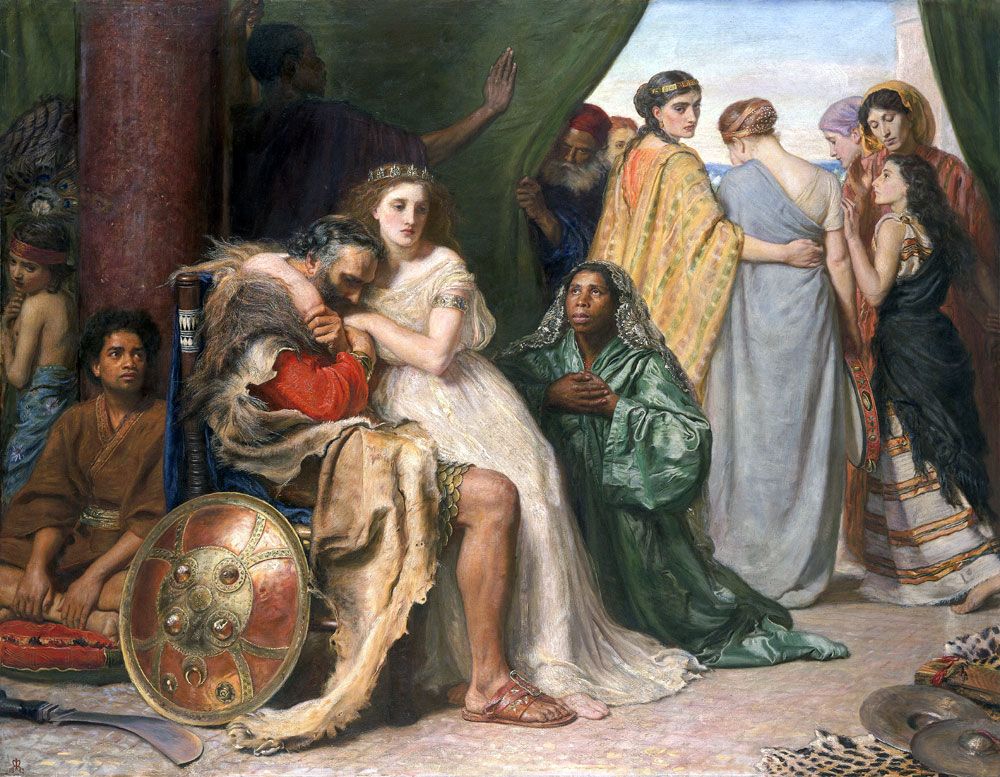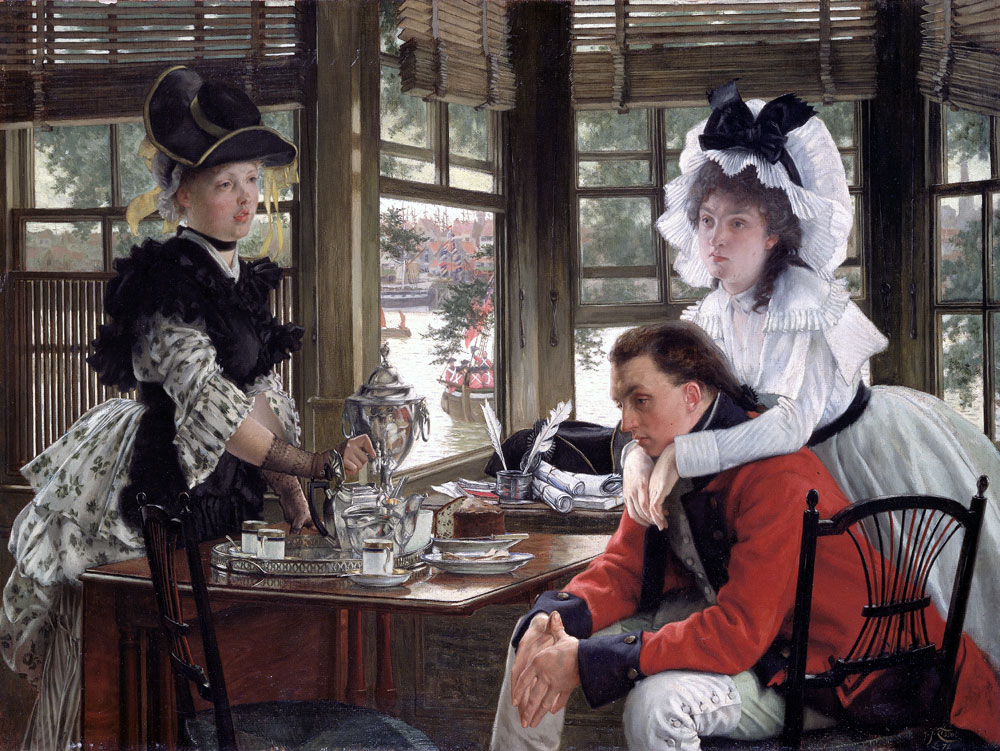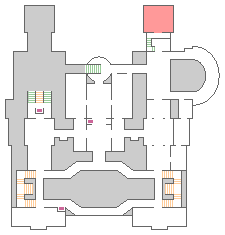Art in Victorian Britain

MILLAIS, Sir John Everett (1829–1896)
Jephthah
1867
oil on canvas
Bequeathed by Isadore Stone, 1964
NMW A 180

TISSOT, James (1836–1902)
The Parting
1872
oil on canvas
Bequeathed by William Menelaus, 1882
NMW A 184
Victorian architecture and design still shape much of our world today, especially in Cardiff, which grew from a market town to a world city during the nineteenth century.
Cardiff Castle, transformed by William Burges from 1866, is one of Britain’s most opulent gothic revival buildings.
During the lifetime of Queen Victoria (1819–1901) Britain became the richest nation on earth. More people bought art, and success brought artists new levels of wealth and social prestige.
Wealthy middle-class taste was for romantic landscape and animal painting, and scenes from literature. Artists also used their work as a means of social commentary through genre paintings of ‘modern life.’
The Pre-Raphaelite Brotherhood of artists, formed in 1848, brought a new moral purpose and freshness of observation.
Later in the century there was a focus on the idea of beauty for its own sake, and artists absorbed new ideas and techniques from France.
Coal and iron transformed Wales into the world’s first industrial nation, underpinning both private patronage of the arts and the first public galleries.
Most Welsh artists still made their careers outside Wales, but some now addressed subjects of Welsh identity, contributing to the growth of a national consciousness.

Location:
Gallery 6